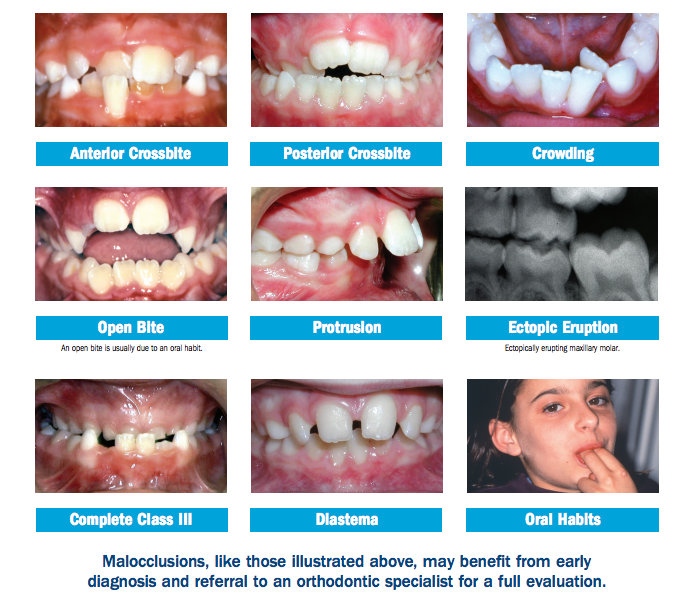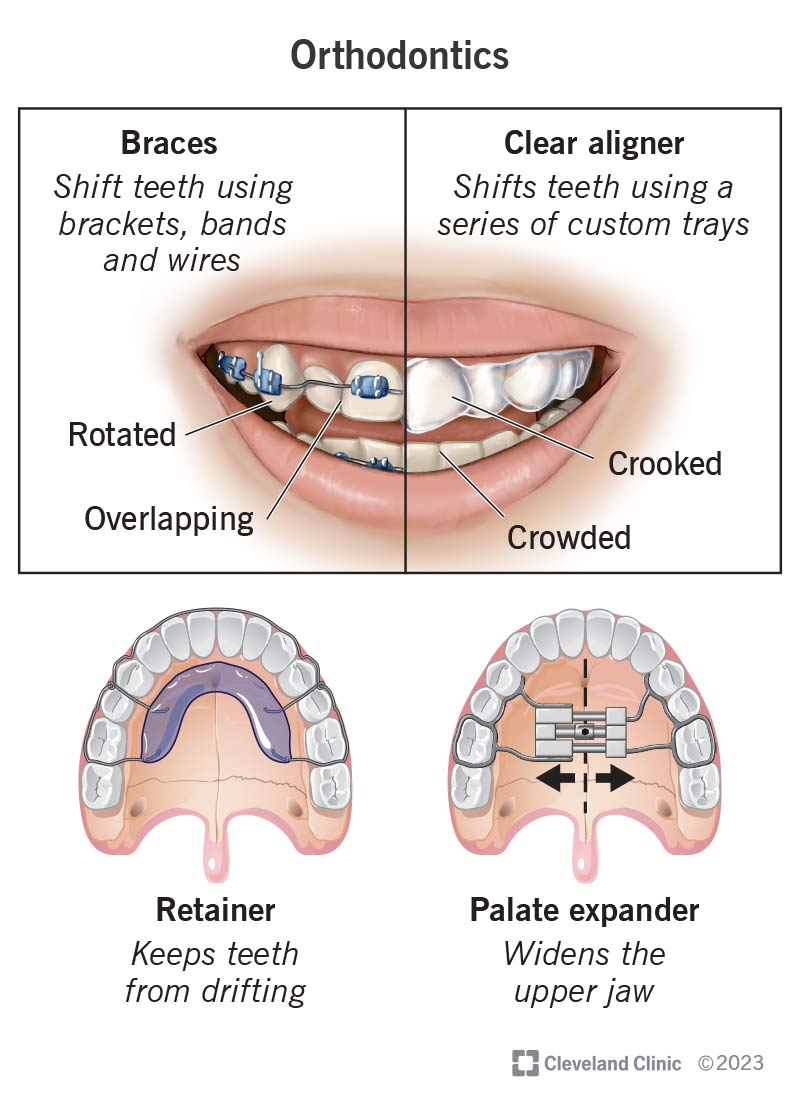The 3-Minute Rule for Causey Orthodontics
Wiki Article
Some Known Incorrect Statements About Causey Orthodontics
Table of ContentsAbout Causey OrthodonticsNot known Incorrect Statements About Causey Orthodontics The Best Strategy To Use For Causey OrthodonticsGet This Report about Causey OrthodonticsGetting My Causey Orthodontics To Work
Ignoring occlusal connections, it was common to eliminate teeth for a selection of oral issues, such as malalignment or congestion. The idea of an undamaged dentition was not commonly valued in those days, making bite relationships seem irrelevant. In the late 1800s, the principle of occlusion was essential for creating trustworthy prosthetic substitute teeth.As these principles of prosthetic occlusion advanced, it became a very useful tool for dental care. It was in 1890 that the work and effect of Dr. Edwards H. Angle started to be really felt, with his payment to modern-day orthodontics especially noteworthy. At first concentrated on prosthodontics, he showed in Pennsylvania and Minnesota prior to routing his attention towards oral occlusion and the treatments required to preserve it as a normal problem, therefore coming to be called the "papa of modern-day orthodontics".

The idea of excellent occlusion, as proposed by Angle and included right into a category system, made it possible for a change in the direction of dealing with malocclusion, which is any deviation from normal occlusion. Having a complete collection of teeth on both arches was extremely demanded in orthodontic treatment because of the requirement for exact partnerships in between them.
The 7-Second Trick For Causey Orthodontics
As occlusion became the crucial top priority, face percentages and appearances were disregarded - orthodontist services. To attain suitable occlusals without making use of exterior forces, Angle proposed that having ideal occlusion was the very best way to gain maximum facial aesthetic appeals. With the passing away of time, it ended up being fairly obvious that even a remarkable occlusion was not suitable when thought about from a visual point of viewCharles Tweed in America and Raymond Begg in Australia (who both studied under Angle) re-introduced dentistry extraction into orthodontics during the 1940s and 1950s so they can boost face esthetics while also making sure far better security concerning occlusal connections. In the postwar period, cephalometric radiography started to be used by orthodontists for measuring modifications in tooth and jaw setting triggered by growth and treatment. It became evident that orthodontic therapy can readjust mandibular growth, resulting in the development of practical jaw orthopedics in Europe and extraoral force measures in the US. These days, both practical appliances and extraoral devices are used around the world with the objective of amending development patterns and kinds. Subsequently, pursuing real, or at the very least boosted, jaw connections had actually come to be the major purpose of therapy by the mid-20th century.
Fascination About Causey Orthodontics
 Until the mid-1970s, braces were made by covering steel around each tooth. https://www.iconfinder.com/user/causeyortho7., it came to be possible to instead bond steel braces to the teeth.
Until the mid-1970s, braces were made by covering steel around each tooth. https://www.iconfinder.com/user/causeyortho7., it came to be possible to instead bond steel braces to the teeth.Andrews gave an informative interpretation of the optimal occlusion in irreversible teeth. This has actually had meaningful impacts on orthodontic therapies that are carried out routinely, and these are: 1. Right interarchal partnerships 2. Proper crown angulation (idea) 3. Proper crown disposition (torque) 4. No rotations 5. Tight contact points 6. Apartment Contour of Spee (0.02.5 mm), and based upon these concepts, he found a therapy system called the straight-wire device system, or the pre-adjusted edgewise system.
The advantage of the design hinges on its bracket and archwire combination, which requires only minimal wire flexing from the orthodontist or medical professional (emergency orthodontist near me). It's aptly named after this attribute: the angle of the port and thickness of the bracket base ultimately identify where each tooth is situated with little demand for added control
Top Guidelines Of Causey Orthodontics
Both of these systems utilized the same brackets for every tooth and required the flexing of an archwire in three aircrafts for situating teeth in their wanted settings, with these bends dictating ultimate placements. When it pertains to orthodontic devices, they are split into 2 types: detachable and taken care of. Removable home appliances can be tackled and off by the individual as required.
Thus, almost all modern-day set devices can be considered variations on this edgewise home appliance system. Early 20th-century orthodontist Edward Angle made a major contribution to the globe of dental care. He produced 4 unique device systems that have been made use of as the basis for many orthodontic therapies today, preventing a few exceptions.
Top Guidelines Of Causey Orthodontics

The cable ended in a thread, and to relocate onward, a flexible nut was used, which enabled a rise in circumference. By ligation, each individual tooth was affixed to this large archwire (best orthodontist). Due to its minimal variety of motion, Angle was not able to accomplish specific tooth positioning with an E-arch
These tubes held a soldered pin, which could be rearranged at each consultation in order to relocate them in position. Dubbed the "bone-growing device", this gizmo was supposed to urge much healthier bone growth due to its possibility for transferring pressure directly to the roots. Implementing it proved problematic in fact.
Report this wiki page